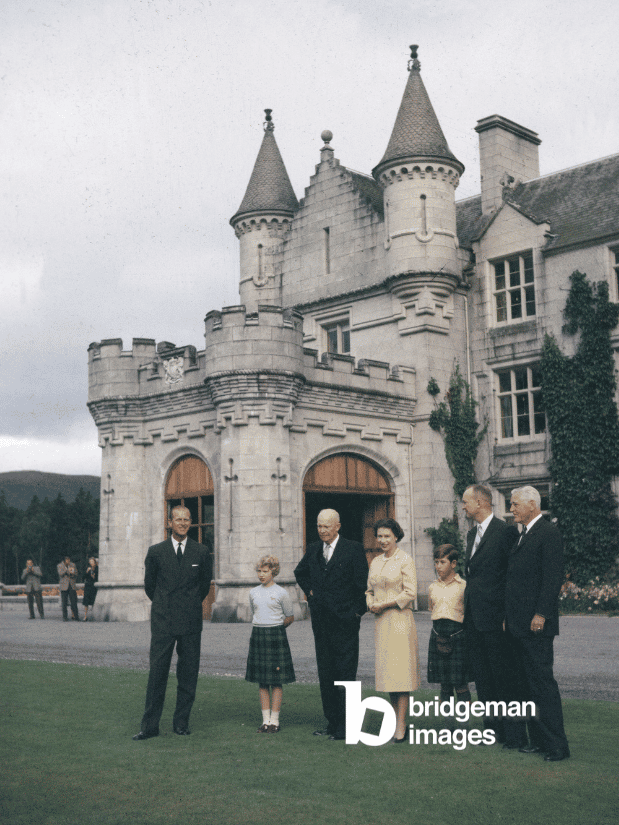Over the course of his career, Derek captured some of the most significant stories and figures of the twentieth century. He photographed Elizabeth Taylor, Richard Burton, Sir Winston Churchill, and the Beatles among others. His documentary photography has created a fascinating and enduring historical legacy.

Derek Bayes was born in 1933 and as a World War II child, he spent much of his childhood being bombed out of his home in London. It was only after leaving education that he could engage with photography and photojournalism. Since working as a dark room assistant to the photographers in the London bureau of Time-Life in the 1950s, Derek had a fascination and passion for photography.

Life magazine was a weekly news magazine, launched in 1936 by Henry Luce. Post-war magazine publishing was largely influenced by American publications which were heavily pictorial, leading to a flourishing period of reportage photography. During the time in which photo-reportage was at its pinnacle, Derek dedicated all his time to gaining an acute knowledge of his practice.
Although he left Time-Life in 1958, Derek continued to work almost exclusively for them during the next 40 years. The revolutionary art, music, literature and fashion of the swinging sixties allowed the creativity of the media industry to prosper. This was a particularly constructive period of Derek’s career, which was followed by the opening of his own photographic agency, Aspect Picture Library. This agency was dedicated to reportage features for upcoming photographers.

Throughout his career, Derek worked with an array of characters, he recalled capturing the famous British painter Lowry as one of his most enjoyable assignments. Known for his philosophy of allowing the subject to be the focus, Derek explained, ‘Our job was telling stories that we thought were the most important, the most interesting and the most surprising – we were not the story!’.
Head of Artists and Estates, Aretha Campbell spoke to Derek’s widow Angela Bayes about his career.
How did Derek become a photographer?
Having left school at fifteen, Derek answered an advert in newspaper and went to work in the office as a general dogsbody learning from the ground up.

Who was his inspiration?
Derek's inspiration came from the photographers he worked for at Time Life such as Gjon Mili; Larry Burrows; Alfred Eisenstaedt; Gordon Parks; Cornel Capa; and Dmitri Kessel.
What type of camera did he like to use?
Leica and Nikon

When did he start working with Life Magazine?
In the early 50’s
He photographed some fascinating subjects throughout his career from King Charles, Winston Churchill, Louis Armstrong, Francis Bacon and Maria Callas. Who was his favourite subject?
Richard Burton, Francis Bacon and Lowry although Margaret Thatcher was the most challenging!
One of the most fascinating stories Derek worked on was in Libya where he working on a story on underground water supplies. He had to hire a helicopter to get the shots and the helicopter was then shot down and he ended up in prison!
Derek captured some of the most iconic images of the Beatles filming Help!, how did that come about?
The Beatles were caught on camera by Derek Bayes in Mayfair. In 1965, John, Paul, George and Ringo are sprinting down a London street while filming their hit movie Help! The pics were taken after Derek heard a commotion from his office and spotted the Fab Four’s antics on New Bond Street, Mayfair.

Derek always had his Leica camera around his neck and as soon as he heard a fuss in the street he went out to investigate. He had to run really fast to keep up. When a car whisked The Beatles off to another location, Derek jumped in a taxi and followed. Bystanders look immaculate not because they were models or extras, but because they are in a very fashionable street at the height of the Swinging Sixties.
Need help?
Can not find what you are looking for? Contact us. We are always happy to help you with your research at no obligation or additional cost.
Finally, if you want to register or connect to our site, you will be able to access several additional tools, including being able to download images and videos faster.

 Item added to cart
Item added to cart


